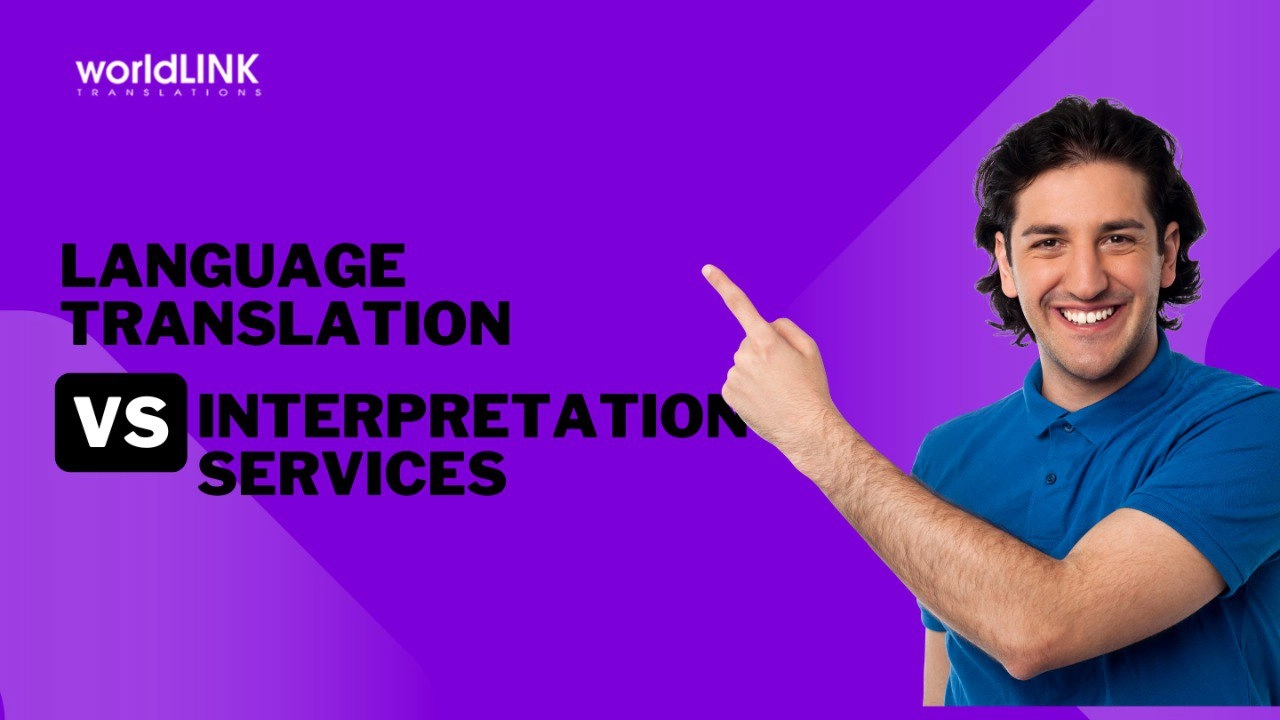It’s essential to understand the difference between translating and interpreting. While these terms are often used interchangeably, they serve distinct purposes. Knowing the difference between translate and interpret helps businesses, institutions, and individuals choose the right service for their needs.
In this blog, we’ll explore language translation and interpretation, how they differ, and when each is best used.
What Is Language Translation?
A language translator works with written text, converting content from one language to another. Whether it’s a legal document, a website, or product packaging, language in translation must be precise, culturally relevant, and grammatically accurate.
Key Features of Translation:
- Deals with written text
- Involves deep research and editing
- Requires mastery of grammar, syntax, and tone
- Often supported by translation tools (e.g., CAT tools, translation memory)
Example: Translating a product manual from English to Spanish.
What Is Language Interpretation?
Language interpretation is the oral rendering of a spoken message from one language to another in real-time. Unlike translation, it happens on the spot and requires a different skill set, including quick thinking, fluency in both languages, and a strong grasp of context.
Key Features of Interpretation:
- Involves spoken language
- Happens in real-time or near real-time
- Can be simultaneous (at the same time) or consecutive (with pauses)
- Used in meetings, conferences, hospitals, and courts
Example: An interpreter assisting during a live press conference.
The Core Difference Between Translation and Interpretation
The translation and interpretation boil down to the medium:
- Translation = written
- Interpretation = spoken
Both require fluency and cultural awareness, but the difference between interpretation and translation lies in delivery style, timing, and usage scenarios.
Comparing Skills: Translating and Interpreting
While both professions deal with language interpretation and translation, the required skills differ:
| Translation | Interpretation |
| Focus on grammar, syntax, and accuracy | Focus on tone, voice, and immediacy |
| Time to edit and revise | Real-time delivery |
| Often works alone and remotely | May work on-site or virtually with people |
Understanding the translate and interpret difference helps you know whom to hire based on your communication needs.
When to Use Translation Services
Use a language translator when:
- You have legal or medical documents
- You need website or app localization
- Marketing materials require cultural adaptation
- Accuracy and formatting are critical
When to Use Interpretation Services
Use interpretation services when:
- Conducting live meetings or conferences
- Needing courtroom or hospital assistance
- Hosting international business negotiations
- Handling live customer service in multiple languages
Common Misconceptions: Translation and Interpretation
Many people ask, “What is the difference between translating and interpreting?” or “What is the difference between interpreting and translating?” These terms are often confused, but they’re distinct services.
- Interpreters don’t read from a script – they think and speak simultaneously.
- Translators don’t work live – they refine text over time.
Both play crucial roles in bridging language and communication gaps.
Conclusion
So, what is the difference between interpretation and translation? It comes down to:
- Translation is written.
- Interpretation is spoken.
Both fields are vital for global communication and require expert knowledge of both language and context. Whether you’re managing a multilingual event or preparing legal contracts, understanding this distinction ensures you get the right professional service for your needs.
Looking to bridge a language gap? Choose the service that aligns with your message – on paper or in person.
Explore our services at World Link and connect with a language solutions partner who speaks your audience’s language.

